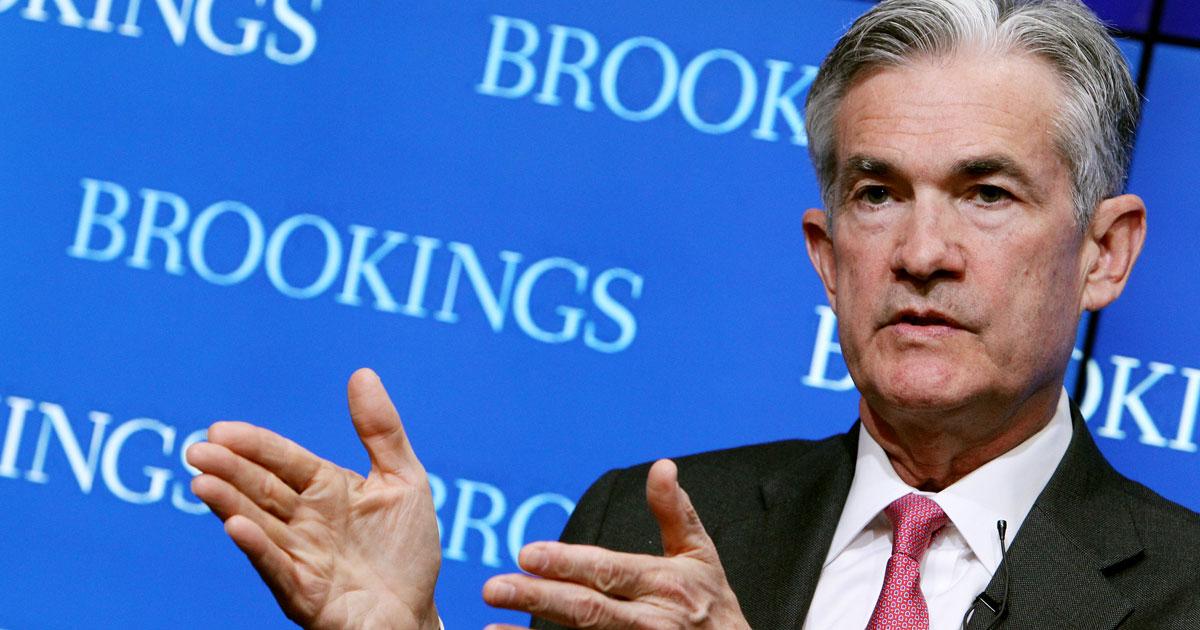 This week, the Federal Reserve gave the most dovish “hawkish” statement ever, an apparent aggressive tapering that, in reality, means maintaining very low rates and massive repurchases for longer.
This week, the Federal Reserve gave the most dovish “hawkish” statement ever, an apparent aggressive tapering that, in reality, means maintaining very low rates and massive repurchases for longer.
Inflation has skyrocketed and aggressive monetary policy is the key factor in understanding it. I already explained it in my article “The Myth of Cost-Push Inflation.” The Federal Reserve has finally recognized this and has made a U-turn in its policy of maintaining stimulus despite inflationary pressures.
The Federal Reserve now expects core inflation to remain above 2.7 percent in 2022 (previously it expected 2.3 percent) and above 2 percent in 2023 and 2024. That means the Consumer Price Index will probably remain above 3–4 percent in that period. Taking into account that it will close the year above 6 percent, we are talking about an accumulated inflation of more than 14 percent in three years, a great risk for the recovery, real wages, family savings, and investment.
The Federal Reserve has at least acted, and will reduce its monthly sovereign bond purchases to $20 billion and $10 billion a month of mortgage-backed securities. In addition, it will accelerate the rate increases to three hikes in 2022, three in 2023, and two in 2024 to reach a 2.1 percent reference rate in 2024.
According to CNBC, the Fed will be buying $60 billion of bonds each month starting in January, half the level prior to the November taper and $30 billion less than it had been buying in December. The Fed was tapering by $15 billion a month in November, doubled that in December, and will accelerate the reduction further come 2022.
Now read again. The so-called aggressive tapering means monthly repurchases of $60 billion.
It is still a modest reduction for the magnitude and scope of an overly aggressive and even counterproductive stimulus program that has been active for too many years. No one can understand what the Federal Reserve is doing buying mortgage-linked assets with the real estate market at its record levels or raising rates to 2.1 percent with estimated core inflation above 2 percent during 2022–24.
But the Federal Reserve is doing something more important and key: it is generating much greater demand for US dollars and drawing savings from the world into the US by making the safer investment (the US ten-year bond) more attractive to global investors.
The Federal Reserve takes the reins again and leaves the European Central Bank (ECB) with a changed pace and the wrong policy. Despite runaway inflation, the highest in three decades in the euro area, the ECB maintains its extremely aggressive monetary policy, negative rates, and bond repurchases that account for 100 percent of the net issuance of the member states.
The ECB is now caught between a rock and a hard place
The ECB cannot take decisive action, as member states have become accustomed to an unprecedented monetization that has led the ECB’s balance sheet to soar to 81 percent of eurozone GDP compared to 37 percent of the Federal Reserve with respect to the US GDP.
If the ECB reduces its so-called expansionary policy, member states that continue to increase the structural deficit will not be able to withstand the slightest rise in interest rates.
On the other hand, if the ECB maintains its huge asset purchase program and negative rates, the inflation tax and economic slowdown may condemn the eurozone to a stagflation that some eurozone countries have already experienced in the past.
The ECB is driving into the Japanization of Europe and now it cannot back down.
The Federal Reserve has once again exposed why the dollar is the world’s reserve currency and why no one should copy the Fed’s policy without the global demand for currency enjoyed by the US dollar. The Federal Reserve can allow itself a sharp change in monetary policy and see how the markets reward it and attract more demand for dollars. The euro does not have that luxury.
The ball is now in the court of Lagarde and the ECB: Will they choose to continue inflating the bubble of debt from fiscally irresponsible member states or will they choose to regain monetary sanity and avoid stagflation? I hope, for our sake, they choose the latter.
Full story here Are you the author? Previous post See more for Next postTags: Featured,newsletter





























